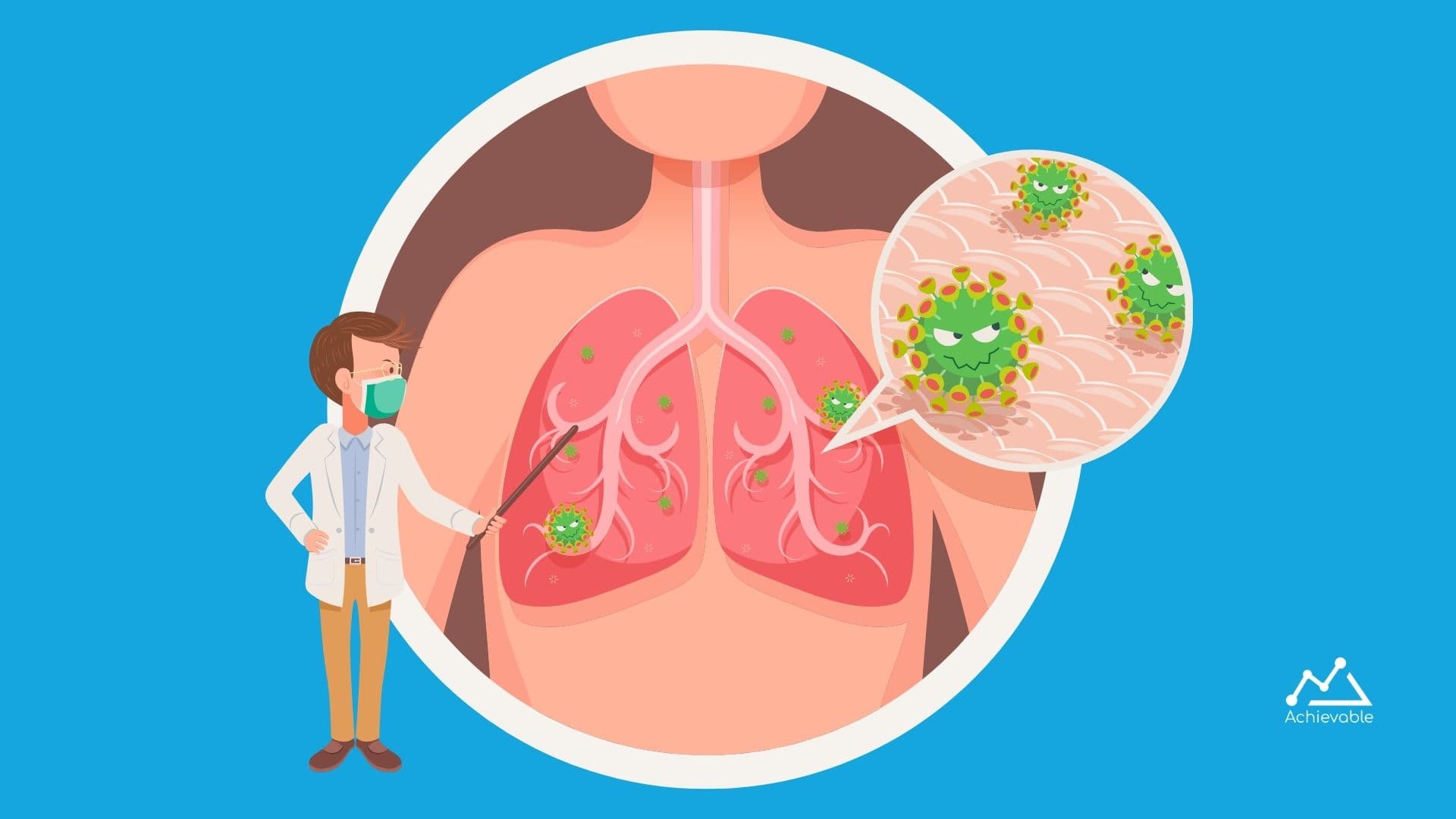
Fluid shifts between body compartments occur between the ECF (extracellular fluid) and ICF (intracellular fluid). It is determined by changes in osmolarity of ICF or ECF. The video explains the fluid shifts in different disorders and the types of volume contraction and expansion.
If you’re looking for a comprehensive course to pass your USMLE Step 1 exam the first time, try Achievable’s USMLE Step 1 course. Our course is information rich, concise, and uses spaced repetition-backed practice questions to improve your memory retention.
0.2s Hi everyone. I'm so jazzed. The founder of Grace USMLE and he was similar to the TV show. Today's video is about fluid shifts that happen in different conditions. 11.3s 60% of the total body weight is water off. The total body water to third is the intercellular fluid or Isaiah, which is present within the cells, and one-third is extracellular fluid recf, which is present outside the self. 28.4s Cruise ships between compartments to equalize your ass molarity between two sides of a cell that is between the ICF and the ECF water moves by osmosis from a compartment with Louis molarity into a compartment with high osmolarity. The plasma osmolality is determined mainly by sodium and to a small extent by glucose and some conditions to a small extent by the blood urea nitrogen as well. 59.2s Volume contraction, volume contraction means a decrease in the volume of extracellular fluid or easier depending on whether the plasma osmolality stays the same decreases or increases volume contraction. Maybe iso-osmotic hypoosmotic or hyperosmotic respectively. 83.2s I saw smart volume control action scene in Burns and diarrhea. In both of these conditions, we are not only losing playing water, but water with electrolytes, which is of the same osmolarity as the plasma. 99.5s Easiest volume will decrease because we are losing plasma or water is electrolyte, but there will be no fluid shit because there is no net change in osmolarity of the plasma. 112.5s Hypoosmotic volume contraction is seen in hypoaldosteronism. Either there is a deficiency of aldosterone or the receptor is insensitive to the actions of others because of dead bodies, not able to retain sodium which leads to a decrease in the osmolarity of the extracellular fluid. 136.8s Since there is a decrease in a small area of the ECF, there will be fluid shift and fluid will shift from the ECF into the ICF as a result. He see if volume will decrease, where is I see? Volume will increase. 156.5s Hyperosmotic volume contraction is seen in Fever sweating and diabetes. Insipidus in all of these conditions body is losing playing water without electrolytes. 170.5s It results in an increase in osmolarity in the ECF which leads to a fluid shift from the ICS into the ASDF. 181.4s 1 in expansion, volume expansion means there is an increase in volume of the ecfr extracellular fluid depending on whether the osmolarity of ATF stays the same decreases or increases volume expansion. May be isotonic hypotonic or hypertonic respectively. 205.0s Isosmotic volume expansion is seen after infusion of intravenous normal saline. 214.8s As it is the same with molarity, as the easier. There is no Netflix shipped. The easiest volume increases while the IC volume stays the same. 227.1s Hyperosmotic volume expansion is seen in siadh or syndrome of inappropriate ADH. Secretion of plain water which reduces the osmolarity. All the TCF. 243.1s Floyd's ships from the ECF into the icy of increasing. The IC of Walling. 250.6s Hyperosmotic volume expansion is seen in high salt intake, the easier for smaller table in trees, which leads to a shift offering from the ICF into DCF. 265.5s So, let's summarize two important changes in fluid compartments. 272.1s In iso-osmotic volume contraction, the osmolarity is staying the same ECF decreases. While I see if she stays the same. 284.7s In hypo smart, volume control, action board, the osmolarity and the easiest volume will decrease. While the ICS volume will increase? 297.3s In hyperosmotic volume contraction, the osmolarity will increase while both the IC of and the easiest volume will decrease. 308.2s In Isis Market volume expansion. The osmolarity is going to stay the same. The easiest volume will increase the ICS volume will stay the same as well. 321.9s In hypos Music Volume expansion. The osmolarity is going to decrease while e c f and I see if volume will increase. 333.7s In hyperosmotic volume expansion, the osmolarity is going to increase. The easiest volume is going to increase. While eicf volume will decrease 345.8s Thanks for watching. Hope this video help you clear some Concepts on fluid shifts, between body compartments.

This video explains the changes seen in cardiac cycle tracings in valvular heart diseases. You can learn key features to help you differentiate normal from abnormal tracings in specific valvular disorders.

In this video Sujata explains the pathophysiology, diagnosis and management of pneumothorax. It is a high yield concept for all steps of the USMLE. Pneumothorax is of four different types and management is guided by the type and severity.

There are 14 medical specialties you can apply to for your residency – which one is right for you? We rank them by USMLE score, average salary, and share details so you can see which specialty is right for you.